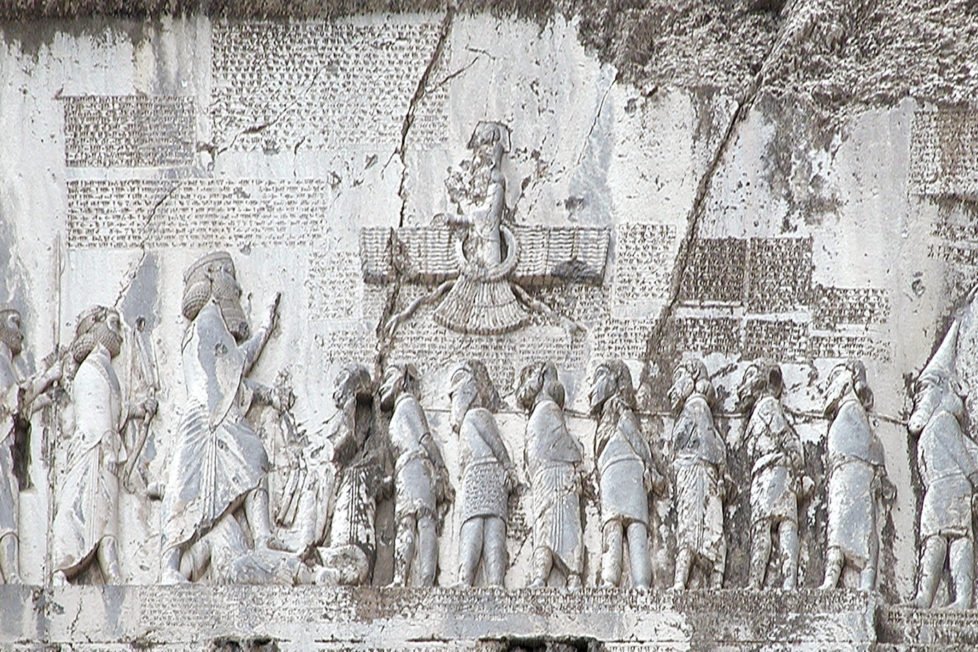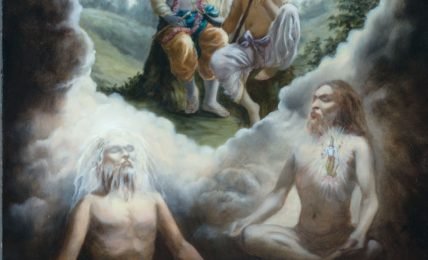Old Persian – An Indian Language?
The ease with which one can reconstruct Old Persian literature into Sanskrit makes one wonder if the language is really a different language and not a Prakritic dialect of Sanskrit but an older one - or is it that Gathas were written in Sanskrit and a Western evolution of Sanskrit led to formation of Old Persian?





